Christmas is coming really fast and just before you launch your ads, you should at least know how to test products the right way with Facebook. Our way of testing new products is what I like to call Fluid Testing. We don’t follow a specific method like robots and if we believe the ad is bad, we kill it even after spending only $5. This way we can test multiple products correctly for minimum costs.
If you don’t know how to test products or have some doubts about your way of doing things, then this article is for you!
1. Don’t Rush It – Test Products At Your Own Pace

“The more products you test, the higher the chance you’ll land on a winner.” – You probably heard this statement somewhere before. Be it in an online course you purchased or from a random guy in a random e-commerce Facebook group. The thing is, this statement is true and your success chances to find a winning product will rise the more products you test.
But you can’t expect to test the same amount of products an experienced and established dropshipper does. If you do so, you’ll go bankrupt in a week and can kiss goodbye to your e-commerce career. Instead, you should test products at the pace you feel comfortable with.
There’s no magic number of products you should test. Not even a minimum… If your budget and time allows you to test 20 products a week, then be my guest and go for it. But, if you can test only one or two products a week due to your low budget or lack of time, that’s fine too. You’ll just have to work harder and research better than others for a chance to find a good winning product.
The one thing I learned all these years selling stuff online is to never rush it and to never copy exactly what others do.
2. What Campaign Objective Should You Choose?

This one is simple – Choose the one that fits your goal best.
If you want engagement on your ad like shares, comments, likes, etc, then choose the Engagement campaign. If you want people to visit your site, then choose the Traffic campaign. And if you’re running an online store and want sales, then Conversions is what you’re looking for.
Facebook changed a lot and today you will get exactly what you asked for. If in 2015, I could run an Engagement campaign and get tons of sales, today this method won’t work. If I do that, all I’ll see are engagements. Your chance to get a sale from other campaign objectives are super low.
3. What Optimisation Should You Choose?
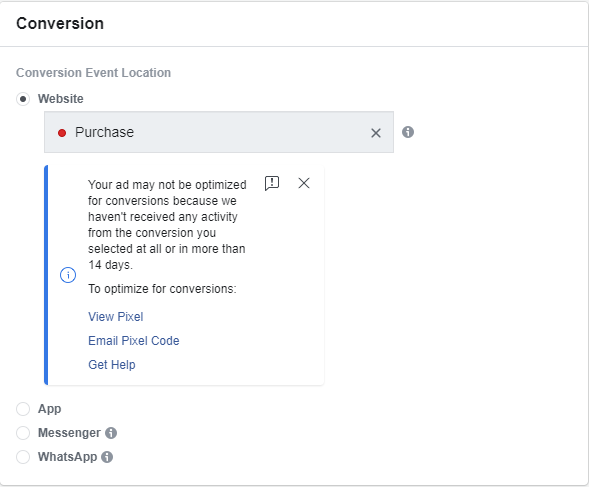
Although Facebook and other sources recommend you start from the View Content optimisation and move slowly up towards the purchase optimisation, usually after each event is fired 50 times(or more?). But we recommend starting straight from the Purchase or Add to Cart optimisations.
Even if you see the red dot and the “warning” message, ignore it and move on with your campaign. We have tested it thousands of times with new 0 data pixels and it works. What Facebook wants is for you to go the long way and get more data about your target audience first. This isn’t a bad way to do things but with a good ad and the correct audience, you’ll get sales without going all the way from View Content to Purchase.
And let’s be honest here, the long method that Facebook recommends is an excellent way to take more money from us.
4. What Daily Budgets Should You Use?

At Ecomhunt, we recommed using low daily budgets to test your products. Starting from $5 up to $20 max. We usually start somewhere from $5 to $10 and the results we get are excellent. This also allows us to test more audiences by launching more low daily budget adsets.
For example:
If you’re total budget is $60 and you decide to test a product with a $30 daily budget, then you can launch only 2 adsets(DUH!). So you’ll have to do your research really well and be pretty sure that your target audience is the best choice. But if we go with low daily budgets, let’s say $10 daily, then we can launch 6 adsets and test more targeting options. If we have prepared a quality ad and our product is good, we’ll see results no matter the budget. And if you’re using big daily budgets, you’ll have to keep an eye on the ads so you don’t lose too much money if the ad doesn’t convert well.
And we know about Facebook’s split test option and the rules you can set up to edit a working adset if a certain condition is met, but we still prefer doing it manually – The old school way. Some people may find it inefficient but we’re not running an agency here… Checking on our products and editing them manually doesn’t require too much effort from us.
5. How Many Ad Sets Should You Run?

Our magic number here is somewhere between 3 to 5 adsets and that’s usually enough to understand if there’s any potential. Now that you know the daily budgets we use, it’s about $50(max) per product on the first day of testing.
Unfortunately, we encountered a lot of users who learned from different sources to launch no less than 10 adsets with $10 daily budget each. And on top of that, they were told NOT to touch the ads for 3 whole days. Please, if you have been following this exact method or a similar one, stop doing it because you’re just giving money away to Facebook.
We’re giving you here a system that works for us and for other sellers but it’s only a recommendation. If you feel 3-5 adsets is too much, then there’s no problem at all to test only 2 adsets. If you want to test more, then that’s fine too. The users that were following the minimum 10 adsets testing system were told it’s the only way… You should test different methods and later decide what works best for you.
6. What To Expect And When You Should Kill Your Ad?

Link clicks are the first thing we’re looking for in a campaign we just started. On each ad we launch, we want to see cheap link clicks and the maximum cost we can take for a link click is $1. Sometimes we’re fine with $2 per link click but we must see at least some actions like Add to Carts or Initiate Checkouts.
A campaign with cheap link clicks means the ad is good and the product is interesting enough for people to click on it. If when we check our ads we see that the cost per link click was too high and there were no other actions on our store, then the problem is in the ad or targeting. Our choices here are to either kill the ads or try again.
If we decide to try again then we have to figure out the problem and if it’s the ad, then we need to make it much better. Maybe try a new marketing angle others didn’t think about trying? Or build a fresh new story around the product?
If it’s the targeting, then we can try different audiences or even different countries. Who knows? Maybe the folk in Ireland & New Zealand will buy it like crazy!
Most importantly is to not let a bad ad sit and waste money.
If I wake up in the morning and see that my ad has spent $5 with like 2 link clicks, almost no engagements and no actions taken on my store then I’m shutting it down. There’s no chance I’m going to let this ad sit for a few more days because I remembered someone saying that you MUST keep your adsets running for 3 days minimum.
Remember that a good ad, targeted to the right audience, should bring link clicks almost instantly.
Pro Tip: Instead of killing the adset, you can lower the daily budget and let it run a bit more. This is if you truly believe there’s still potential and you don’t want the adset to spend the whole budget on nothing.
To Sum It Up:
With ad costs rising, you have to be efficient when testing products with Facebook ads. Kill bad ads and keep the good ones running, but don’t just sit there and let zero potential ads spend money for days. Test different methods but don’t follow them like a robot – The best method is the one you create for yourself!
Good Luck 😉
Struggling to find good products to sell? Not sure who’s your target audience? Tired of losing money on products you were sure were “winners”?
Then Ecomhunt is what you need! Find hot winning products that are added daily, spy on their ads & stores and import them into your store in 1 click and Start Selling Today!
Must Read Articles:
- Winning Product #4: Kids Shoe Dryer With Full Testing Strategy Using Facebook Ads
- 5 E-Commerce Myths You’ve Probably Heard That Are Wrong
- 5 Things You Should Avoid Doing When Running Facebook Ads

Daniel Aloni is one of the leading mentors in the Ecomhunt family. Daniel is a highly experienced Print On Demand seller with multiple 6 figures successful launches.
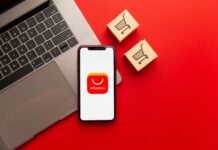

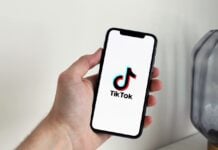


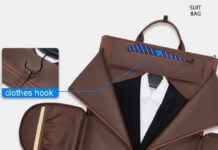

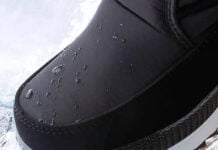
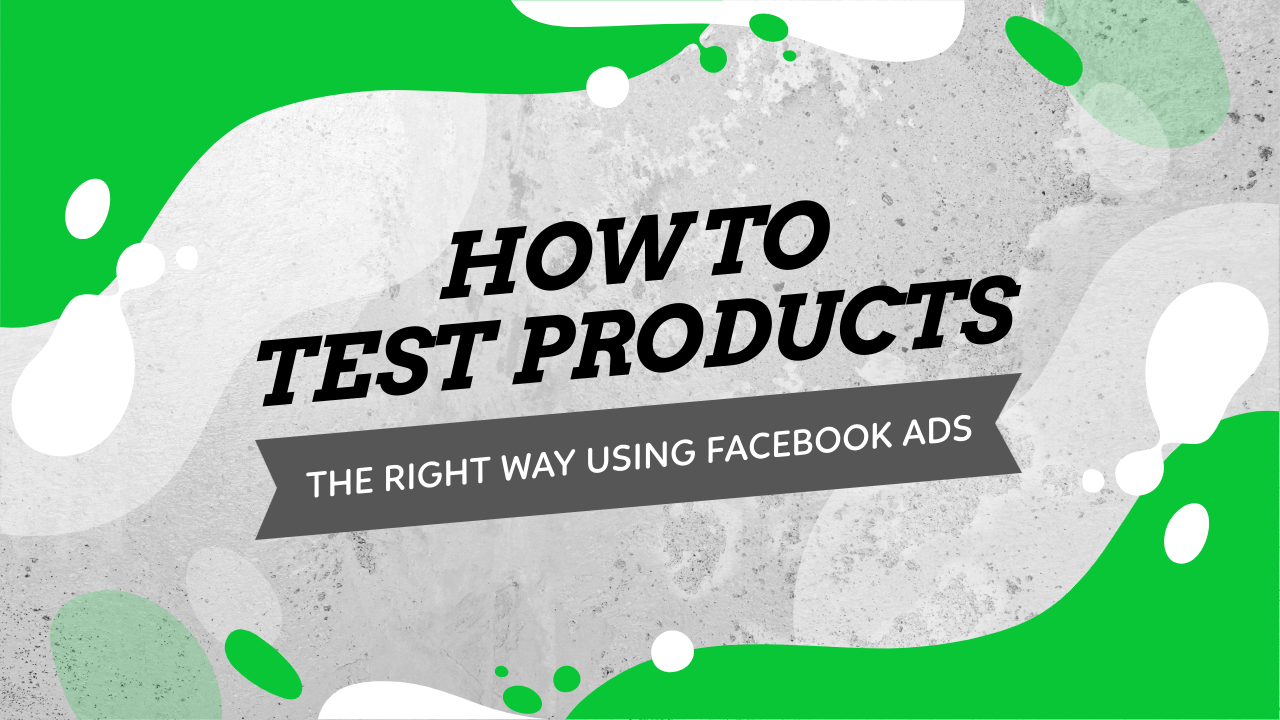

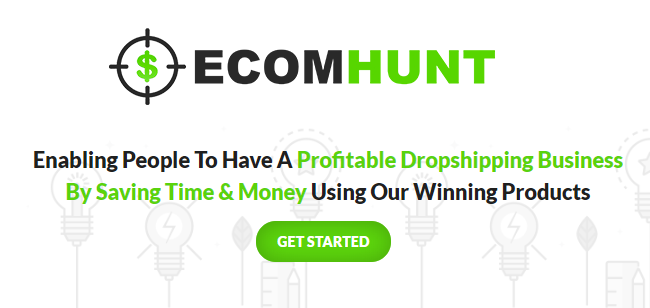






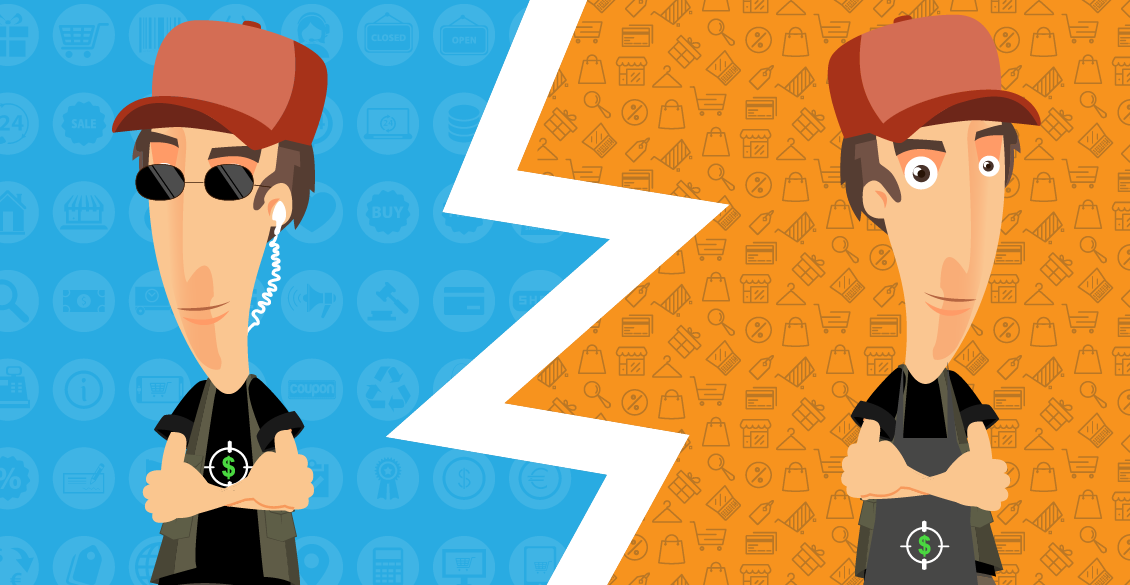

Great content! I didn’t notice if you’ve mentioned this before but do u use CBO or AB split test when testing your products? Which do u find is ideal? Really eager to hear from you
Glad you liked the article Tony 🙂
For now, I launch daily budget adsets withount any split tests. If I want to test an extra audience I just launch an extra adset 🙂
And I tried a bit CBO but didn’t see the best results so I’m still with budget optimisation on the adset level.
When the CBO will be finally introduced, I’m sure I’ll have all the best data from the Facebook groups and people I know. So I don’t worry to be “left” behind (saw some fb ads about BS cbo courses warning people to take action now or they’ll be left behind)
Can you explain what CBO stands for? I am still new to all of this.
CBO is Campaign Budget Optimisation. It’s what Facebook wanted us all to use from this September but postponed it to March 2020 if I remember correctly.
CBO lets you set up a budget to the whole campaign and spend the money across all adsets in that campaign.
How much budget will go to each adset depends on Facebook but you can edit and set up some rules like:
A minimum budget each adset must spend – Let’s say you have a $40 CBO campaign with 4 adsets. if you just launch it, you may find youself with 3 adsets that barely got any money and 1 adset which ate all the budget. By setting up a minimum, you force Facebook to give a minimum budget for each adset to spend.
And then there are rules you can set up and use them for CBO campaigns or regular campaigns. For example: If adset spent $3 and has only 1 link click, pause that adset. With CBO being introduced, people started to setup rules to stop Facebook making stuff they didn’t like.
For example: Facebook giving 1 adset the whole campaign budget when it doesn’t even bring any sales… So they setup rules to avoid Facebook spending their budget for nothing.
But don’t get me wrong. CBO is still new but there are marketers around who are doing really great! And I heard about some scaling methods using CBO that do wonders. But we still prefer using the old system and give each adset its own budget. Once CBO will be our only choice, we’ll definitely know what to do 😉
thank you for the information
Thanks for the great info. question: what is the advantage of stacking interests when testing products.
When I stack interests together, it’s basically just to increase the audience size. But I make sure to only stack interests which I believe contain more of the audience I’m looking for.
I’ll give an example:
Let’s say I am in the cat niche and I find 2 interests which are cat celebrities. Now I know that these interests contain cat lovers&owners and just people that like seeing cat pics or memes. A big chunk of the audience probably don’t own a cat. So if I stack them together what will happen? I increase my total audience size and the total of people who don’t own cats increased dramatically too.
Instead, it would be better to layer these audiences down because the people who liked cat celebrity A and also liked cat celebrity B are more likely to be cat owners and I get more of the core audience I’m looking for.
But what if I have 2 interests which are some famous cat shelters? or cat activists? I believe that these interests containt a bigger % of cat owners. So I put the first interest and see an audience size of 35k. Like I wrote in this article – https://blog.ecomhunt.com/2019/10/01/5-e-commerce-myths-youve-probably-heard-that-are-wrong/
Small audiences work and I am not afraid to target small audiences even as small as 5k. But I still prefer when testing to first target audiences with minimum size of 70k-80k. So what I do in this case? I add the second cat shelter audience and the audience size grows to let’s say 100k and I’m ok with this size so I keep it and launch ads.
I hope this helps and also hope this is what you asked because for me stacking interests is to use all interests in 1 layer. And when I say “layer” down interests, I mean each interest gets it’s own layer and I put them one after another
Good article, if you find a good ad working well, how would
You then scale it? Raise the daily budget only?
No no please don’t touch a working adset! If you want to raise a budget or do some changes, duplicate it. Once you touch a working adset, the Facebook learning resets itself and from a good adset than brings you sales, it can go to nothing.
You just gave me the idea for my next article which will be next Tuesday and it’s how I do scaling. Wish I could tell you it now, it’s just way too much and the article will be probably super long haha.
For now I suggest you read this article – https://blog.ecomhunt.com/2019/09/17/5-thing-you-should-avoid-doing-when-running-facebook-ads/
Hey! Love your content! Can you give your suggestion on FB audience size? I’ve heard several different things. In the testing phase, I am just wanting to make sure that my audience is not too big or too small. What is the ideal audience size? Especially if I am running 5, $10 ad sets to test a product. Also, what would you suggest as far as placements? I always have heard to not waste money and do only FB and Instagram feeds.
Hi Theo! Glad you love our content 🙂
When testing I prefer audiences from 100k to max 1.2m. I don’t have an exact number but if I could see the average audience size I target, I guess it would be somewhere in the 500k~600k. but if your ad and targeting are good, you will get clicks no matter what audience size. Just don’t go too broad when testing…
As for placements, I also think that some placements simply waste your money. For testing, go for Instagram & Facebook feeds only. When I go for Instagram placements, I usually make a new ad because the links displayed in the description are not clickable and there’s a character limit.
Take a look at this article – https://blog.ecomhunt.com/2019/10/13/winning-product-5-cat-scratch-mat-with-full-testing-strategy-using-facebook-ads/
Scroll down to the ad examples and you will see how I changed the ad to be more effective if I target Instagram users.
Hope it helped 🙂
The best! Thank you!
When you first begin your testing, do you only target the US?
Thanks for this, great stuff on this blog! Bookmarked for future use 🙂
Currently re-starting dropshipping and this is solid info.
Ads are in review and after reading most of the recent blog posts they have been edited quite a bit! Feel better with their targeting and interests now, at first the audience size was 23M. Far too much, down to 350k now with a better understanding of the targeting.
Thanks and keep it up! 🙂
Right after posting the comment, I got my first recent sale! No doubt it’s thanks to this blog for true info, the ideas around targeting helps a lot!
I guess now I leave it alone and let it gather data, and if I want to improve/change then duplicate the adset and DO NOT change the original right? 🙂
Right you are! We do not touch a working adset haha 🙂
Congratulations on your sale Anthony!
And I’m really happy you love the blog posts. Appreciate it!
Awesome article as always, Daniel!
Question: do you purchase new Shopify domains and set up product landing pages at this stage, or just simply test ad engagements and send people to a blank/nonexistent page “by mistake” …. only to actually create a product landing page after the ads prove worthwhile?
Ultimately, testing $10 across 5 ad sets for each product test is fine, across 10 products let’s say. But does that mean $29 (Shopify Monthly) x 10 product landing pages and custom domains?
Thanks Drew!
I just run a general store and create new product pages all in one store. That’s the cheapest way instead of opening a one product store and purchasing domains. So the things I pay for are the basic shopify plan, some shopify apps and ads I run on Facebook.
Thanks Daniel Aloni so much
I have some question:
1- How many ads do you have in 1 ads set? ( If there are many, are they the same 100%?)
2- You encourage 3-5 adset, Are the ads in each ad set the same?
3- Example: i creat 5 adset, today 3 adset not good –> I kill it, 2 adset active. Tomorrow I’m just running those 2 adset or I have to create 3 new adset (total 5 adset)
4- How much do you usually spend on testing a product? (assuming you spend 50$ / day)
when do you decide to abandon that product? when do you decide to scale that product (identification sign)
5- Can you give me your facebook please? My facebook: https://www.facebook.com/anthonynguyen141
Thank you so much!
1. It depends. Usually when I test a new product, I have at least 2 different ads and 2 different thumbnails. If it’s for a niche I already sell in, I just launch 1 ad because I know what works for them. And of course, I always create more new ads to launch traffic.
2. Yep the ads in every adset are the same 🙂
3. No. You have now 2 active adsets and if they’re going well, you can duplicate both of them or each one into a new campaign with a bigger budget or even same budget. If it’s CBO, I don’t touch the original campaign and the adsets within. If one adset is doing well, I duplicate it into a new CBO campaign and let it run!
4. Daily budget about $50 per product. If it’s not that good but there’s still potential, I will let it spend more. It really depends tho… Sometimes I can kill the original ads and go to the drawing board to create a new strategy + new ads. Sometimes I just pick a different product. I would say generally it’s $50 a day
5. Sorry I don’t want my Facebook profile to go public because I will get too spammed. Feel free to ask your questions here and I’ll do my best to answer 🙂